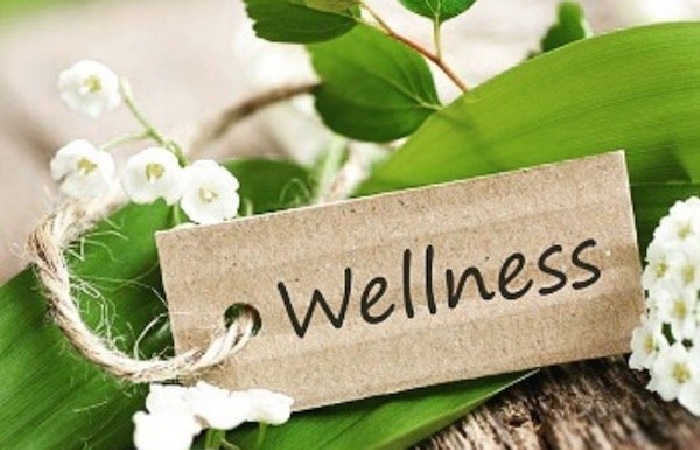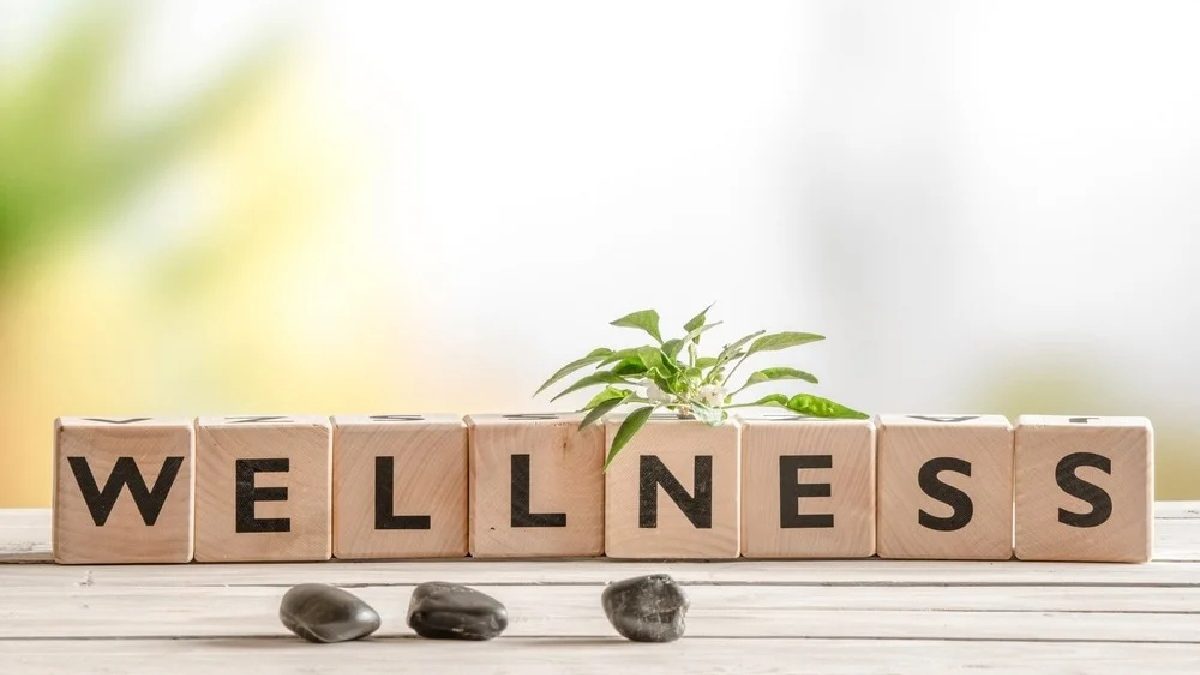Table of Contents
Introduction
Wellness is a current word with ancient roots. The fundamental principles of wellness, both preventative and holistic, date back to antique civilizations from the East (India, China) to the West (Greece, Rome). In the 19th century in Europe and the United States, various intellectual, religious and medical movements developed alongside conventional medicine. With an emphasis on holistic and natural approaches, self-healing and preventative care. And also these movements have provided a solid foundation for wellness today.
Wellness-focused and holistic modalities have gained prominence since the 1960s and 1970s under the writings and beliefs of the leadership of an informal network of American surgeons and thinkers. (Such as Halbert Dunn, Jack Travis, Don Ardell, Bill Hettler and others). ). As they evolved, increased, and spread, they informed healthy lifestyles, self-help, self-care, fitness, nutrition, diet, and spiritual practices. And also which have become a burgeoning wellness movement in the 21st century.
Defining Wellness

There are two essential aspects to this definition. First, well-being is not a passive or static state but rather an “active pursuit” associated with intentions, choices, and actions as we work toward optimal health and well-being. Second, wellness links it to holistic health, which means it goes beyond physical health and incorporates many dimensions that should work in harmony.
Well-being is an individual pursuit: we are responsible for our own choices, behaviours and lifestyles, but it is also enormously unfair to the physical, social and artistic environments in which we live.
Wellness is often confused with terms like health, fitness, and happiness. Although there are common elements between them. Also well-being is distinguished by not mentioning a static state of being (i.e. being happy, healthy, or a state of well-being). Instead, wellness is related to an active process of awareness and choice that leads to an optimal holistic health and wellness outcome.
The Wellness Continuum
One way to understand wellness is to view health as a continuum that spans from illness to optimal wellness. On the one hand, patients with health issues use the medical paradigm to treat the disease. Also, they interact reactively and episodically with physicians and clinicians. At the opposite extreme, people proactively focus on prevention and maximizing their vitality.
They adopt attitudes and lifestyles that prevent disease, improve their health, and enhance their quality of life and well-being. In other words, wellness is proactive, preventative, and driven by self-responsibility. The growth of well-being extends this value and this vision of the world to the consumer.
Wellness is different from medical care. Our health systems use a pathogenetic and reactive approach, focusing on the causes, consequences, diagnosis and treatment of disease and injury. Instead, wellness is a salutogenic and proactive approach, focusing on prevention, healthy lifestyles. And the pursuit of optimal well-being. Ultimately, a strong foundation for wellness helps us prevent and defeat disease now and in the future.
What Is Wellness, Then Why Is It Important?
Well-being consists, first and foremost, in enjoying good physical and mental health. Because mental and physical health is so closely linked, problems in one area can affect the other. At the same time, refining your physical health can also benefit your mental health and other areas of life, and vice versa. Therefore, it’s to realize that wellness is an intentional, ongoing. And holistic approach to making healthy choices in eight significant areas of life functioning.
Over a year and a half ago, the impacts on all aspects of students’ individual and relational well-remain occurred unprecedentedly due to the pandemic. The most obvious is to live life cautiously, medically masked and protected by the vaccine. And also but he left no realm of it untouched.
Conclusion
We invite you to reflect on what it can mean to “let your well-being flow” with creativity, self-compassion and collective understanding of others. The intent is not to suggest that we now have other things to do to feel better. Also but rather that we have options and optimistic new ways of navigating. And what it means to be intentionally and holistically well while feeling the impact of so many changes and challenges.

